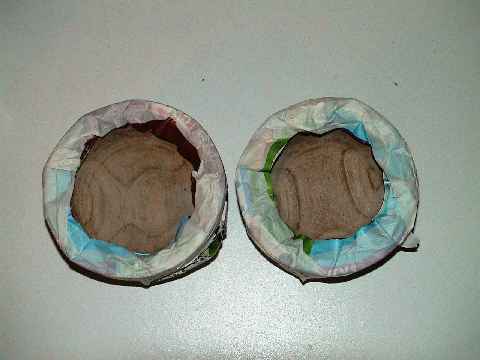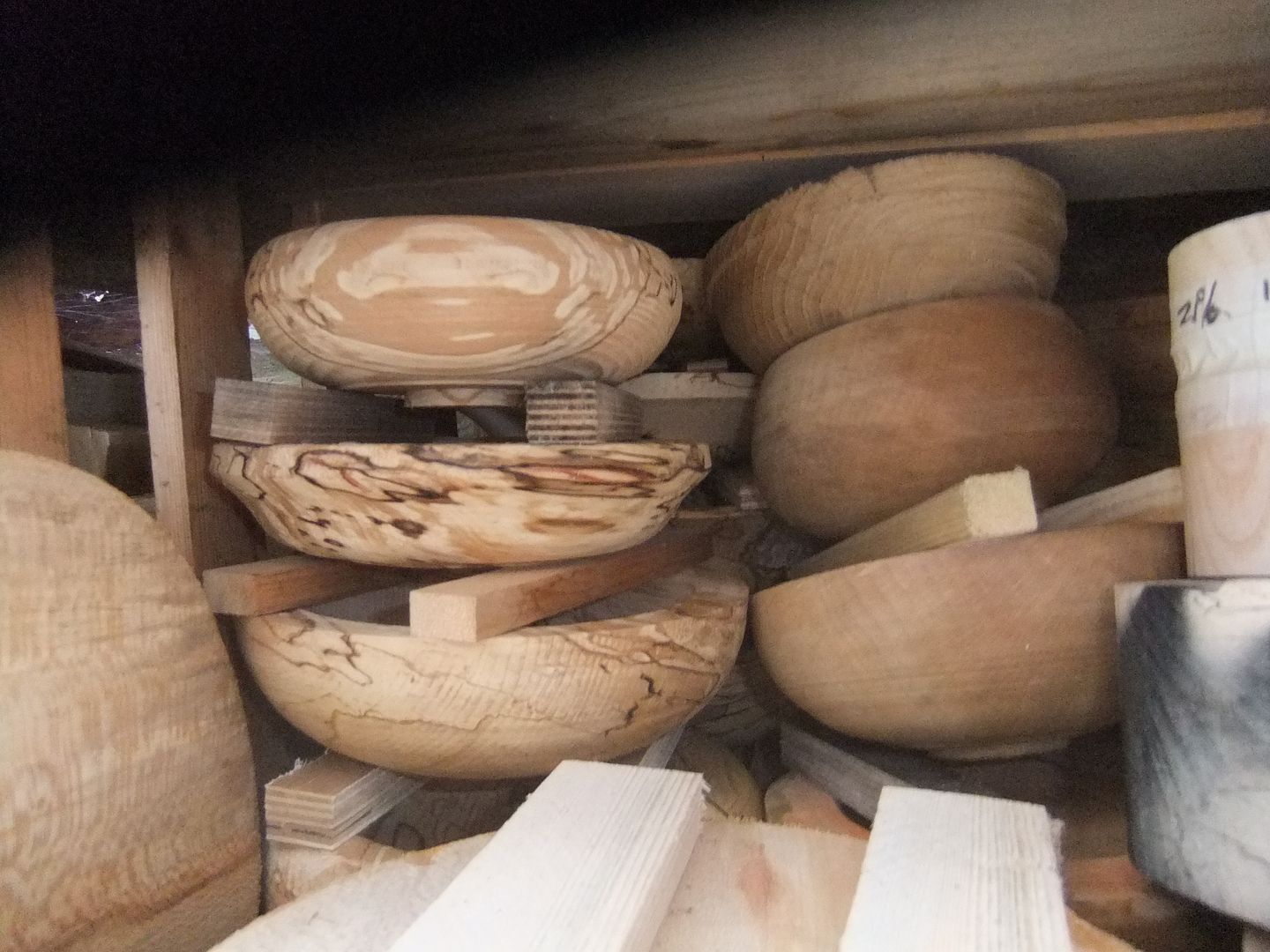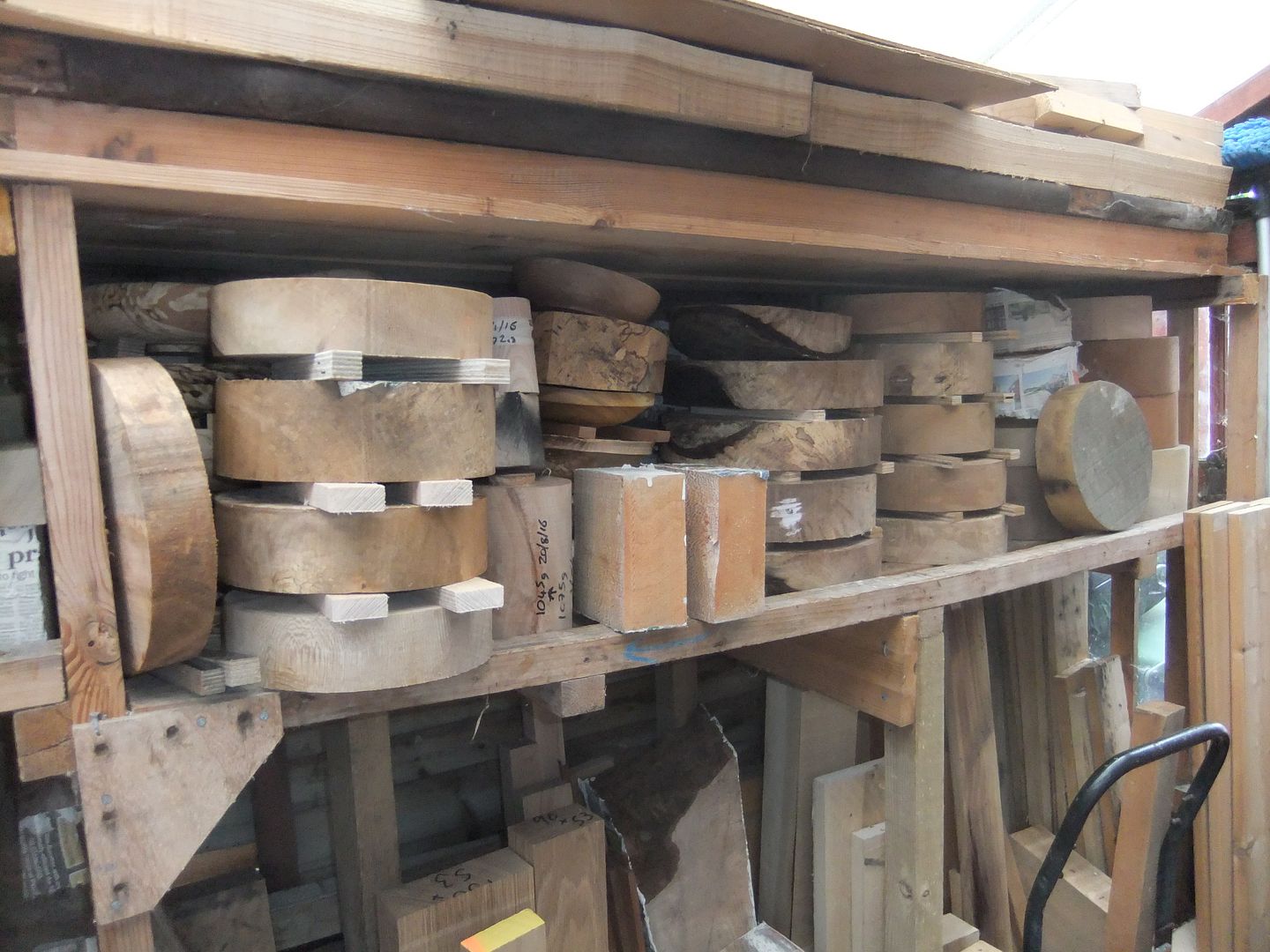Been given 3 lengths of timber sleepers, looks like oak, size 110cm x 22cm x12cm, not sure yet what to do with them, thinking of making plant troughs out of 2 of them and cutting up the other to make a few bowls.
What are the chances of being able to cut it into pieces about 22 x 22 x 12, then dry ready for turning without splitting ?
T.I.A.
pete
What are the chances of being able to cut it into pieces about 22 x 22 x 12, then dry ready for turning without splitting ?
T.I.A.
pete









